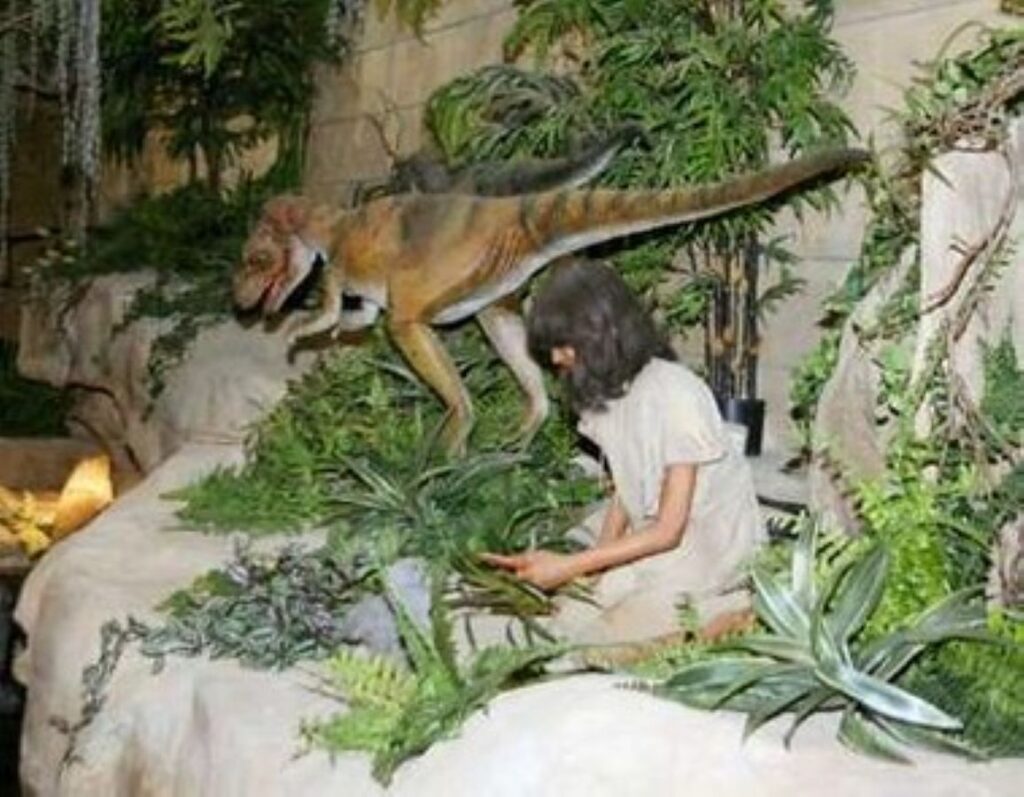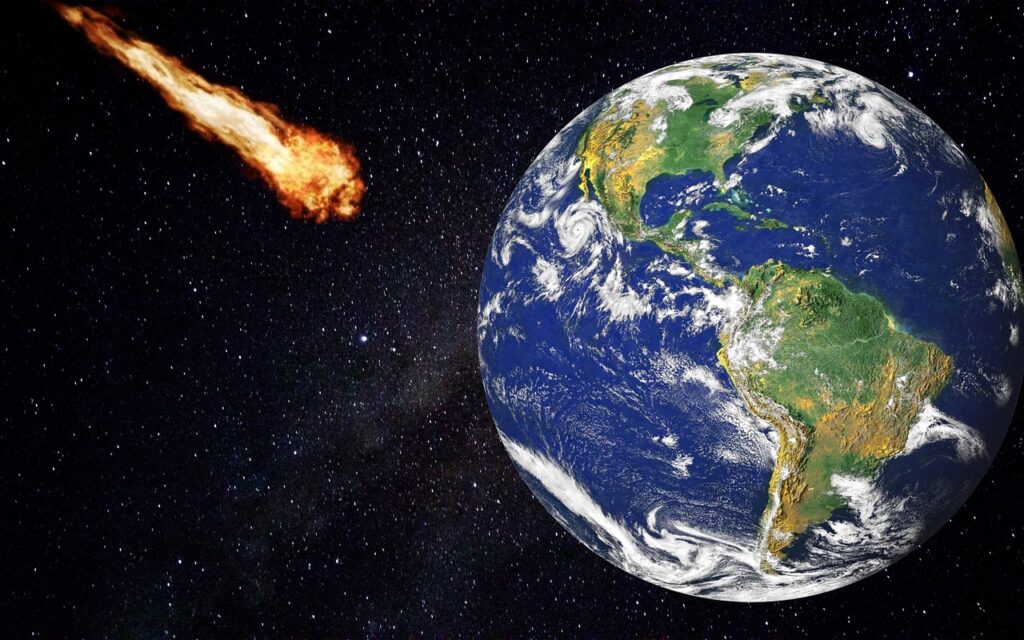The ancient gap between humans and dinosaurs has long seemed impossibly vast. Picture it: sixty-six million years stretching between the last Tyrannosaurus rex and the first upright human ancestor. Yet recent fossil discoveries are challenging everything we thought we knew about this timeline, revealing connections that bring our evolutionary stories closer together than anyone imagined.
Scientists have always portrayed dinosaurs and humans as separated by an enormous chasm of time. However, groundbreaking research is painting a very different picture. From Ethiopian deserts to Chinese fossil beds, paleontologists are uncovering evidence that fundamentally rewrites the narrative of life on Earth. Let’s dive into the discoveries that are shrinking this massive temporal divide.
Revolutionary Fossils Rewrite Human Evolution Timeline
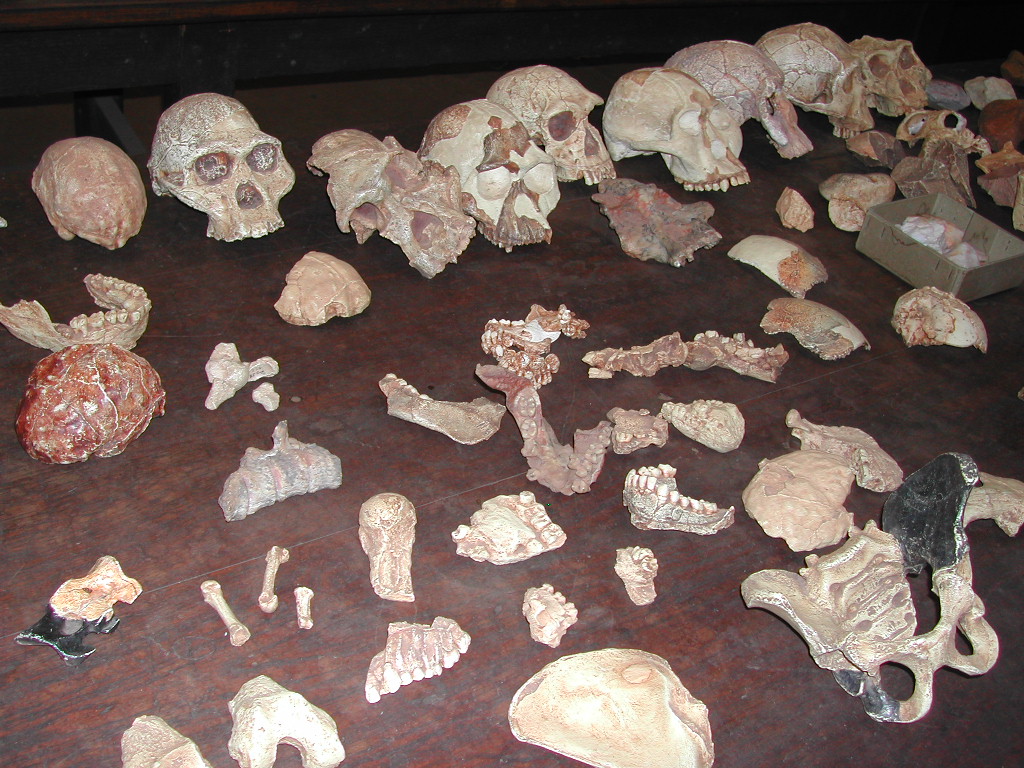
New fossils discovered in Ethiopia show the earliest evidence for the human lineage at 2.8 million years ago, with some researchers reporting evidence of potential overlap between early Homo and Australopithecus species around this time period.
This was a surprise because Australopithecus was thought to be extinct in the area by about 3 million years ago. The famous Australopithecus fossil known as Lucy was found at a nearby site, but her species disappeared from the fossil record at 3 million years ago. This discovery suggests that human evolution was far more complex and tangled than the simple linear progression we once envisioned.
Mammals and Dinosaurs: A Surprising Coexistence Story
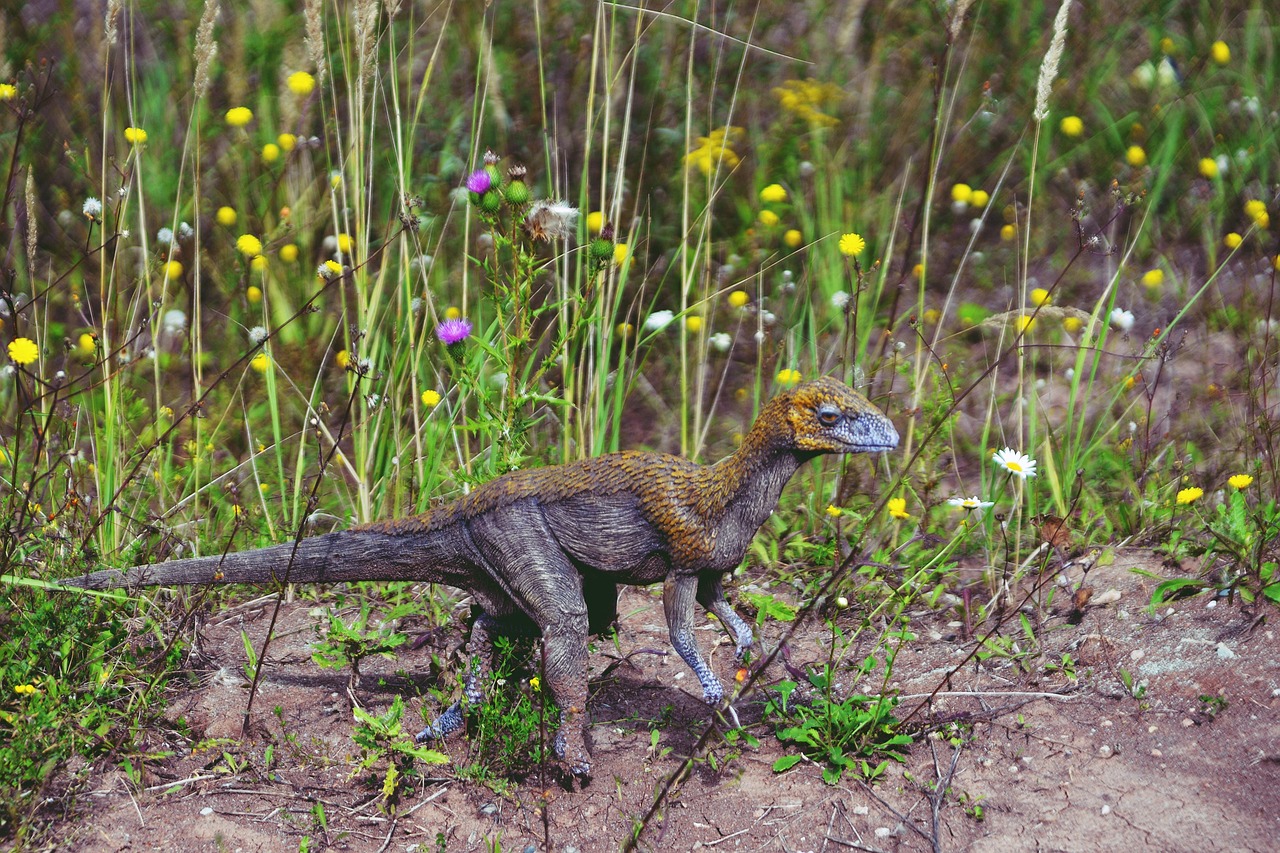
Recent research findings confirmed that placental mammals did indeed originate before the dinosaur extinction event, meaning that placental mammals, the ancestors of humans, briefly co-existed with dinosaurs.
Recent discoveries around the world have changed the story, revealing that mammals were thriving alongside the dinosaurs, and contrary to the standard story of shrew-like critters kept in check by monstrous reptiles, mammals thrived during Mesozoic era. This completely overturns the traditional narrative of mammals cowering in the shadows while massive reptiles ruled the Earth.
Advanced Dating Techniques Reveal Stunning Age Revisions

Dating dinosaur eggs has always been tricky because traditional methods rely on surrounding rocks or minerals that may have shifted over time. Now, for the first time, scientists have directly dated dinosaur eggs by firing lasers at tiny eggshell fragments. The technique revealed that fossils in central China are about 85 million years old, placing them in the late Cretaceous period.
These precise dating methods are revolutionizing our understanding of when different species lived. The ability to date fossils directly rather than relying on surrounding rock formations means we’re getting much more accurate timelines. This precision is crucial for understanding exactly when different species overlapped or diverged.
Dinosaur Ancestors Lived Closer to Dino Era Than Expected
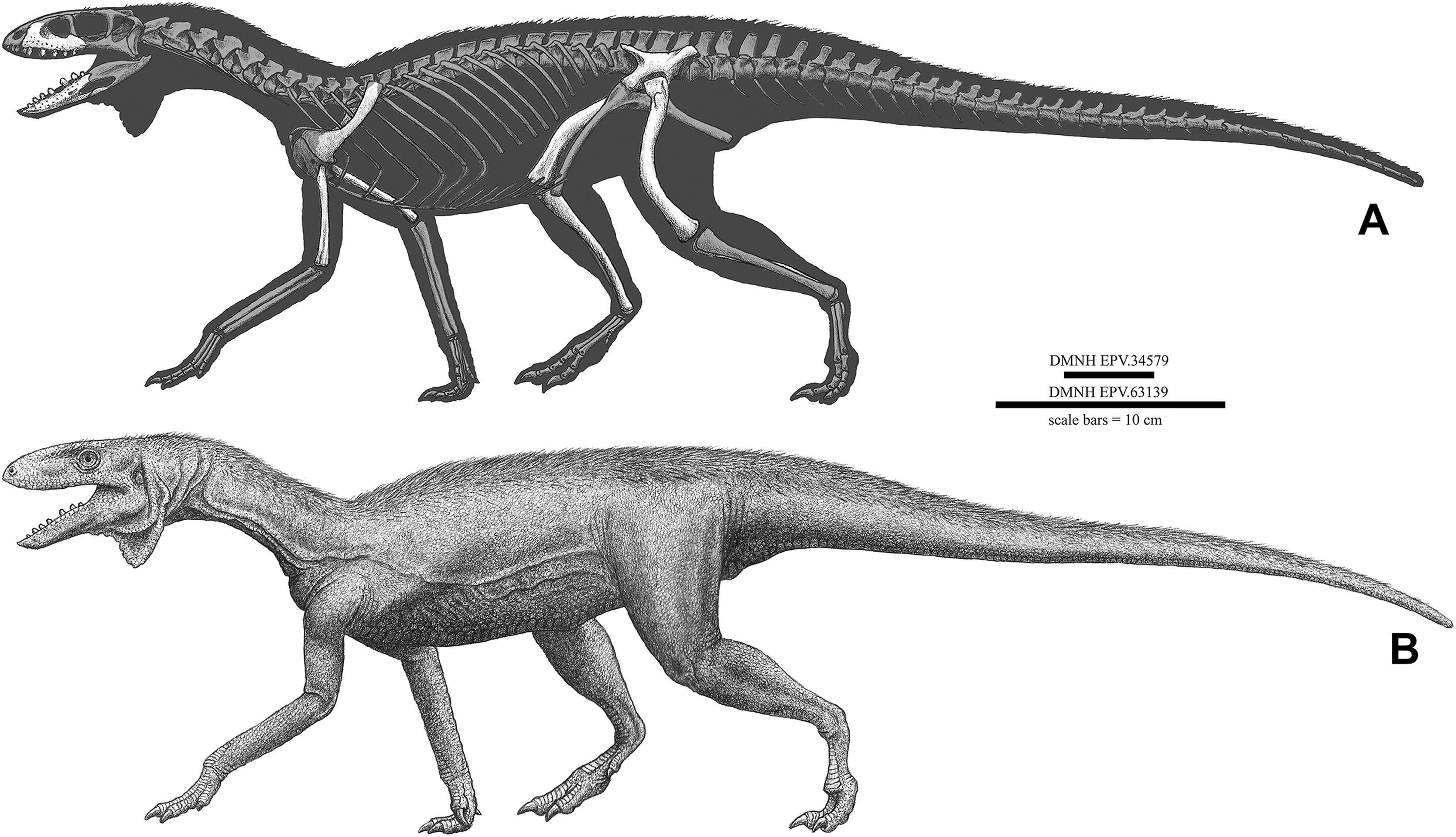
New dating of a dinosauromorph fossil layer reveals that it’s between 5 million and 10 million years younger than previously thought. That means dinosaurs and their dinosauromorph predecessors were separated by a gap of less than 5 million years, half the time previously thought.
The timescale change suggests that dinosaurs evolved relatively rapidly, and that early dinosauromorphs probably weren’t part of life’s repopulation after a major mass extinction 252 million years ago. This compressed timeline shows that major evolutionary transitions happened much faster than scientists previously believed.
Unexpected Mammal Giants Challenge Size Assumptions
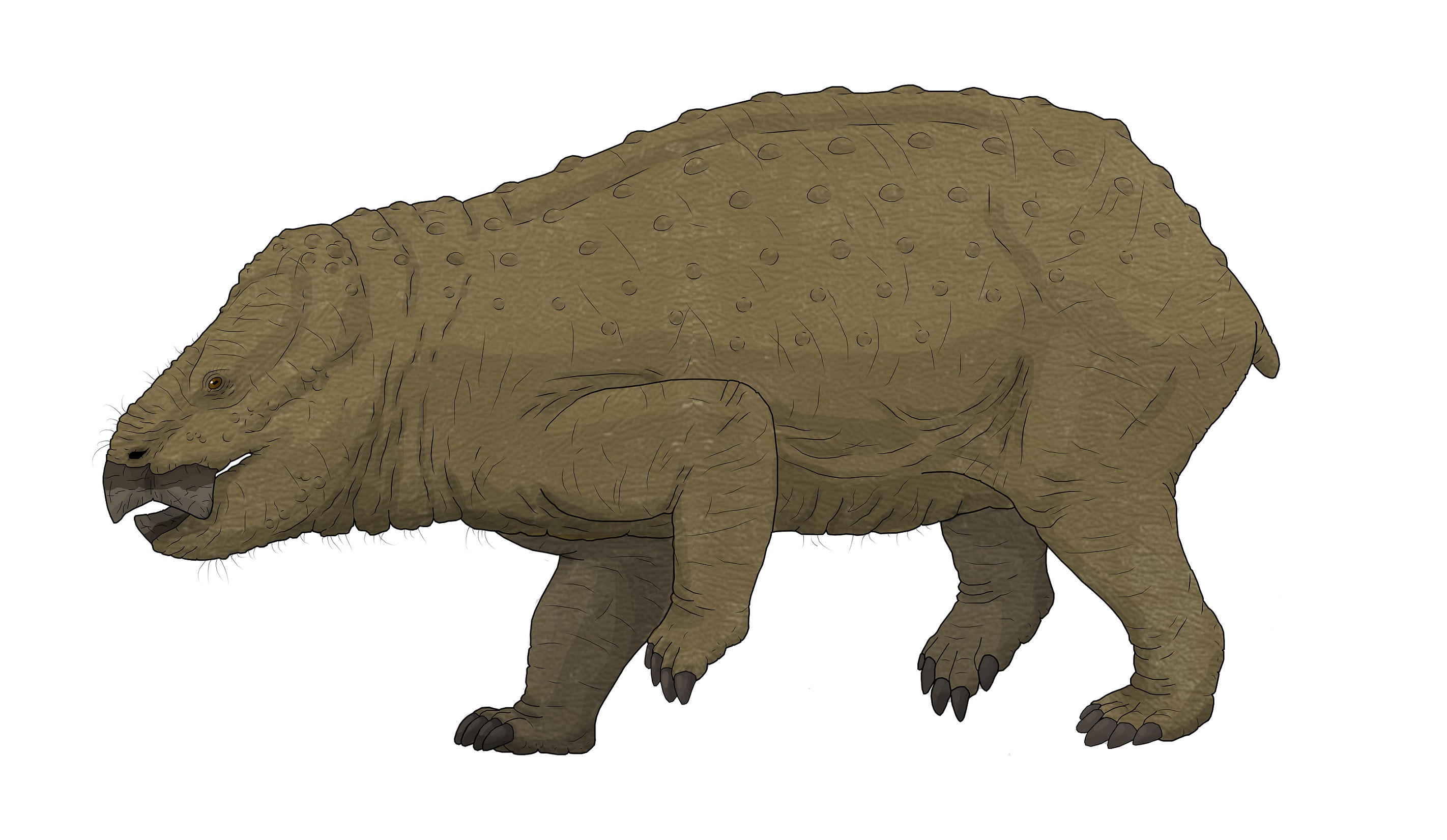
The fossil of an African elephant-sized creature found in southern Poland upends that narrative. The beast, named Lisowicia bojani, looked something like a cross between rhinoceros and a turtle, weighing in at nine tons. The creature is a dicynodont, one of the first groups of animals to eat plants.
Before these giant bones were discovered, you would have been called crazy if you ever suggested there were giant, elephant-sized mammal cousins living alongside some of the very first dinosaurs. We used to think that after the end-Permian extinction, when some 90-95 percent of all species went extinct, mammals and their relatives retreated to the shadows while dinosaurs rose up and grew to enormous sizes. This discovery completely shatters our assumptions about size relationships during the age of dinosaurs.
Fossil Evidence Shows Dinosaurs Thriving Until the Very End
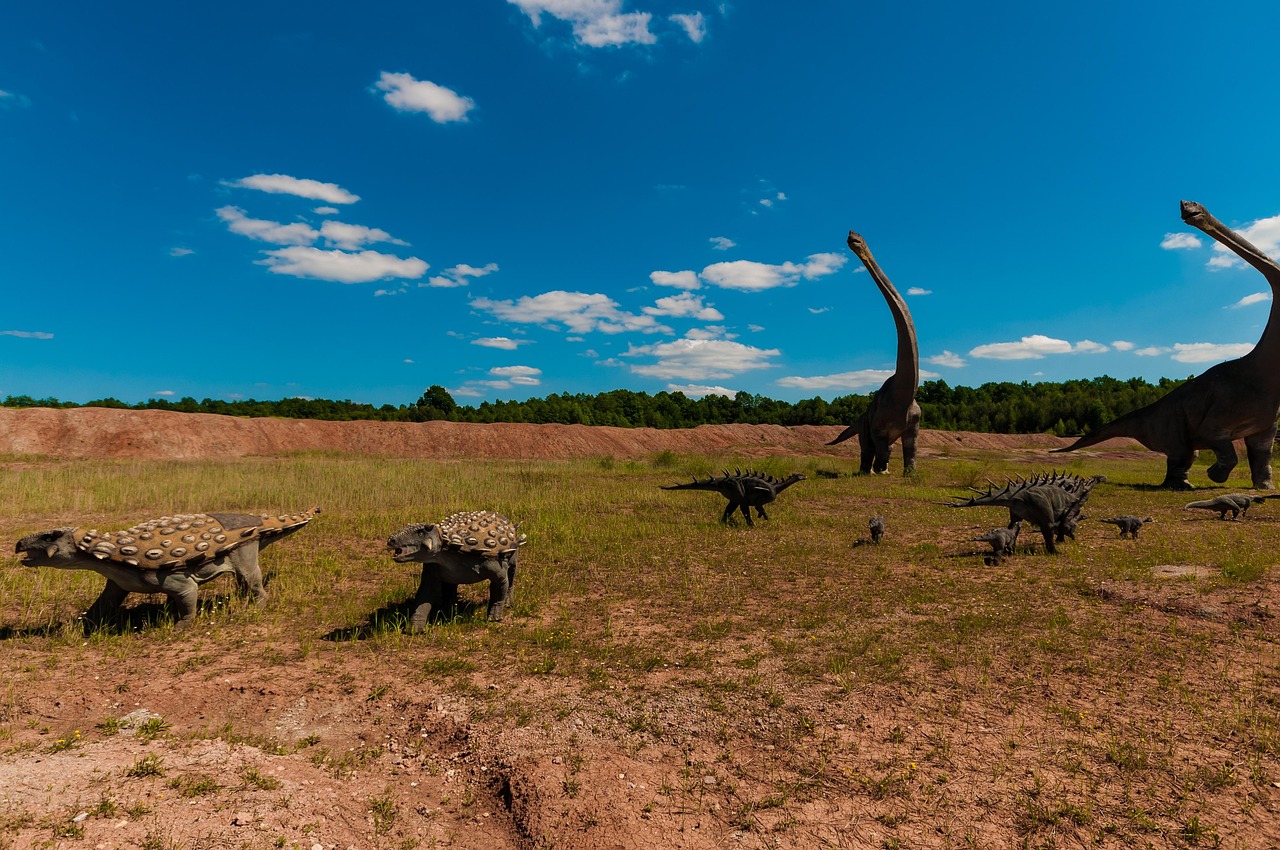
For much of the past century, scientists thought dinosaurs were already in decline long before the asteroid impact that ended their reign 66 million years ago. However, a new study challenges that long-standing belief. The findings reveal that dinosaurs were not fading away at all — they were thriving.
High-precision dating determined that fossils from these rocks are between 66.4 and 66 million years old, placing them right at the boundary between the Cretaceous and Paleogene periods. The Naashoibito dinosaurs lived at the same time as the famous Hell Creek species in Montana and the Dakotas. They were not in decline — these were vibrant, diverse communities.
Direct Combat Fossils Reveal Predator-Prey Dynamics

Fossil gut contents of the Chinese gobiconodontid mammal Repenomamus robustus contain the remains of a much smaller, perinatal Psittacosaurus sp., an early ceratopsian dinosaur. Here we report on a yet more exceptional discovery preserving these two genera locked in mortal combat – the first such fossil of its kind.
For nearly 230 million years, mammals and dinosaurs have been among the most successful vertebrate groups on Earth. Each group originated in the Late Triassic and has since diversified into the myriad of forms known today. Mesozoic mammals are commonly depicted as having lived in the shadows of their larger dinosaurian contemporaries. However, these fossils show that the relationship was more complex than simple predator-prey dynamics.
Breakthrough Discoveries Push Back Fossil Records by Millions of Years
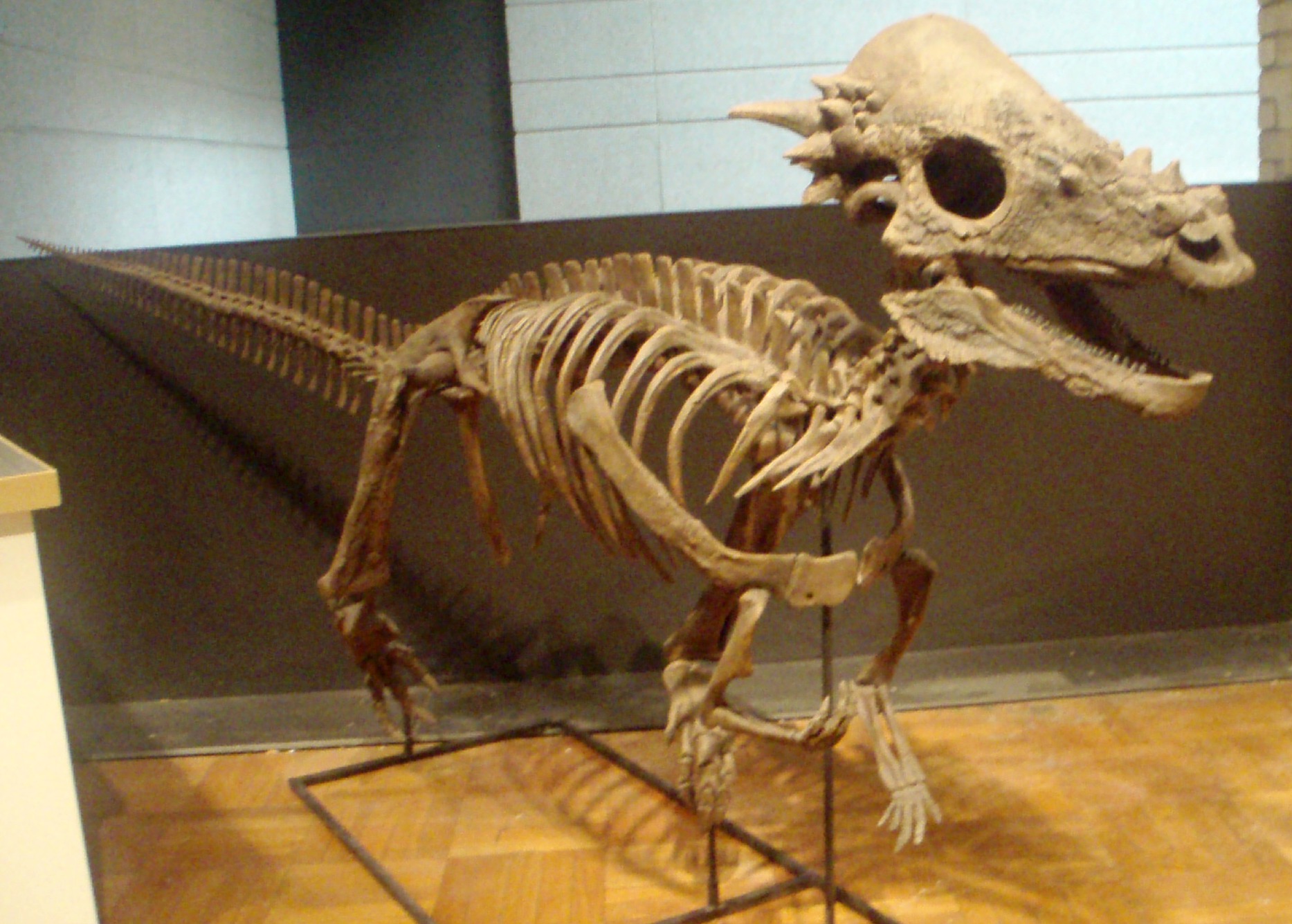
A newly discovered fossil in Mongolia’s Gobi Desert has revealed the oldest and most complete pachycephalosaur ever found, offering a rare glimpse into the early evolution of these dome-headed dinosaurs. Named Zavacephale rinpoche, or “precious one,” this juvenile specimen reportedly represents one of the earlier known pachycephalosaurs, potentially extending the group’s known fossil record.
This specimen is described as a remarkable discovery, reportedly representing one of the oldest known pachycephalosaurs and potentially extending our understanding of when this group first appeared, but also because of how complete and well-preserved it is. Such discoveries are constantly forcing scientists to revise their understanding of when different dinosaur groups first appeared.
Conclusion: A Timeline in Constant Revolution
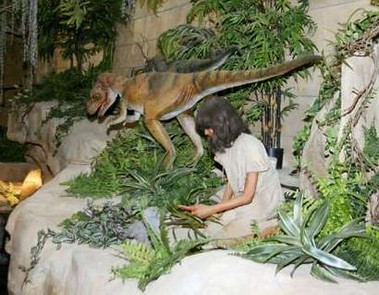
These groundbreaking discoveries are fundamentally reshaping our understanding of life’s timeline on Earth. The gap between humans and dinosaurs, while still substantial, is being filled with surprising connections and overlaps that nobody anticipated. From mammals coexisting with dinosaurs to rapid evolutionary changes happening in compressed timeframes, the fossil record continues to surprise us.
Every new fossil tells us that evolution was messier, faster, and more interconnected than we ever imagined. The story of life on Earth isn’t a neat progression from one era to another but rather a complex web of relationships, competitions, and coexistences that blur the boundaries we once thought were absolute. What other surprises are waiting to be unearthed? Tell us what you think in the comments.

